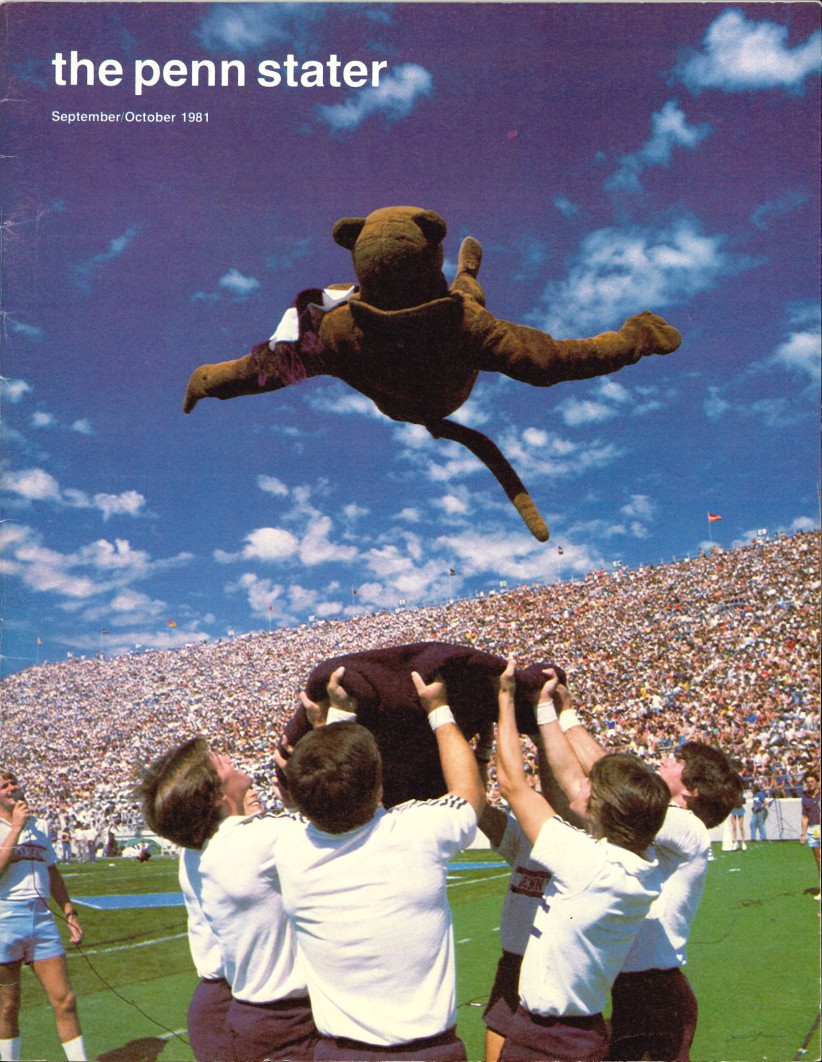Tailgating
This article from the September/October 1981 Penn Stater offered some statistics gathered in the fields around Beaver Stadium regarding a favorite fall pastime in Happy Valley.

This article from the September/October 1981 Penn Stater offered some statistics gathered in the fields around Beaver Stadium regarding a favorite fall pastime in Happy Valley.
